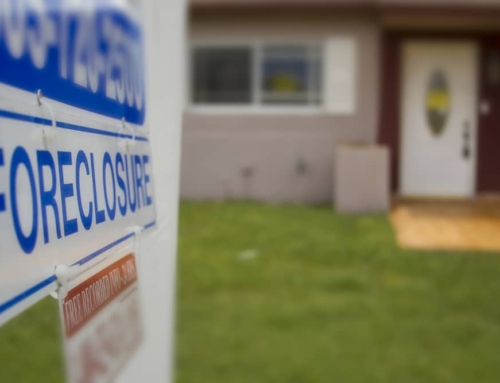With interest rates quickly approaching their lowest levels in 40 years, homeowners are able to afford larger mortgages while still making affordable payments.
For example, on a $150,000 mortgage at 8 percent, you’d pay about $1,100 per month for your principal and interest. But if you get the same mortgage at 6 percent, you’d pay only about $900 per month.
In fact, you could get a mortgage for $190,000 at 6 percent and pay just a few dollars more each month than the $150,000 mortgage at 8 percent. Falling interest rates have allowed you to spend an extra $40,000, or 27 percent, more and still pay about the same each month.
In other words, super-low interest rates have made homeownership more affordable. But for those who cannot afford to buy a home, or whose poor credit remains an obstacle to homeownership, the bad news is rental housing is becoming unaffordable in many areas.
According to a new study released by the Washington, D.C.-based National Low Income Housing Coalition (NLIHC), a person working full-time has to earn an average of $14.66 per hour – almost three times the federal minimum wage of $5.15 per hour – to be able to afford to rent a modest two-bedroom home and spend no more than 30 percent of his or her income. That hourly wage translates into an annual salary of just $30,492.80.
“We look forward to the day when we can report that the housing wage is decreasing and the gap between rents and incomes is narrowing,” said NLIHC President Sheila Crowley.
The study, called “Out of Reach,” notes that for the fourth year in a row, there is no area in the United States in which a full-time job at the prevailing minimum wage (either federal or state) provides enough income to allow a household to afford a two-bedroom home at the region’s fair market rent.
The top ten least affordable states include Massachusetts, California, the District of Columbia, New Jersey, New York, Connecticut, Maryland, Hawaii, Alaska and Colorado.
The least affordable metropolitan areas include several areas of northern California, Stamford-Norwalk, CT, Boston, Westchester County, NY, and Orange County, CA. To afford a two-bedroom house in San Francisco, the most expensive area in the country, without spending more than 30 percent of your salary, you’d have to earn more than $37 per hour.
Of course, many people earning far less than that live in the San Francisco area, and other expensive metropolitan areas. To make ends meet, they spend as much as 50 to 60 percent of their take-home pay on rent. Families often cut way back on other expenses, including food, clothing, doctor’s visits, and transportation.
Another way to solve this problem is the two-income family. While spouse might earn $8 per hour, the other might earn $10. Together, they might earn enough to live in their neighborhood of choice.
You also see many low-income families living together under one roof, each contributing toward the rent. Sara, her brother, her sister and their children all live together in a large 4-bedroom apartment on Chicago’s northwest side.
“The gap between housing costs and income that makes rents so out of reach for families also adversely affects all aspects of family life, from affording basic necessities to achievement in school, to success in the workplace,” notes Crowley.
In an NLIHC poll taken last August, 62 percent of Americans said there is a shortage of housing that low income people in their communities can afford to rent. Fifty-two percent of likely voters said spending more money to make sure low income people have housing they can afford to rent is more important than Congress cutting more taxes.
According to Crowley, one proposal currently before Congress, a National Housing Trust Fund, could help fund the development of more low-income housing. The Trust would be modeled after more than 275 successful state and local housing trust funds and would use profits from other federal housing programs to build more affordable housing.
National Housing Trust Fund legislation currently has 189 cosponsors in the House and 27 in the Senate, and it is possible that the legislation could come before the full House this fall.
To find out where your community ranks for affordable housing in this year’s “Out of Reach” survey, go to www.NLHIC.org.
Published: Sep 9, 2002






Leave A Comment